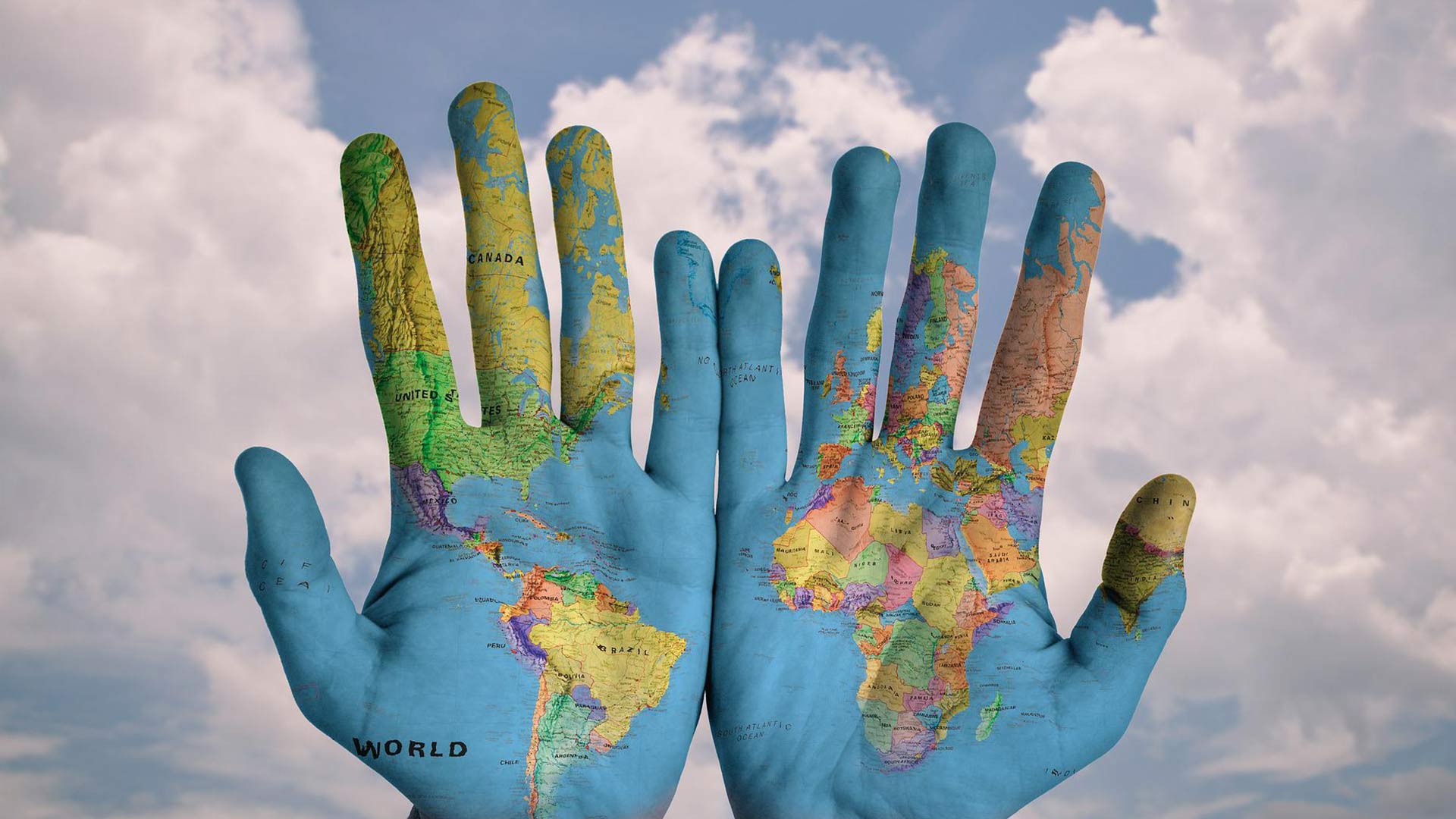Tips for successful overseas projects
In today’s fluctuating and often volatile market, working internationally has never been more important. But there are no quick fixes or short cuts, so you must be prepared to be committed and look at it as a long-term investment in regards to resources.
At Nulty, although our head office is based in London, we’ve been working with international clients since we launched in 2011. Currently, for example, we have “live” projects in the UAE, Russia, Thailand, India, America and throughout the EU.
At the beginning of this year we successfully launched our first international office based in the Middle East. With the Middle Eastern market in a very buoyant period of growth in terms of development and construction (although ironically at the time of writing the current drop in the price of oil is causing a few ripples), I believe that this is not only the right time but the right market for our skill-set and offering, and expect to see the practice continue to make leaps and bounds.
FOCUS ON GETTING PAID
When working internationally I think one of the most important factors that must be considered right at the start is mindset. Your mindset and practice needs to be set up not just to be great lighting designers, but to also understand how a lighting practice needs to function administratively in the region you’ll be working within. It’s very easy for good, creative lighting designers to be taken advantage of through non-payment of invoices, “scope creep” or breaking of contracts.
With this in mind, and with international projects notorious for being very difficult to get paid on, I’d advise anyone considering working internationally to ensure they have an excellent team in place in that region or country. This advice has certainly stood us in good stead in many different markets over the years.
As a business we also try to secure some level of payment upfront and I feel this is really important and nobody should ever be embarrassed to ask a client (or stand their ground): after all, you’re the one undertaking the work.
FEET ON THE GROUND
From my experience launching the Nulty Dubai office, we are certainly seeing the benefits of having someone based locally on the ground. We live in a world that (with the intervention of Skype and email) is smaller than ever, yet the benefit of having someone on the ground who can support the practice and fill in the gaps whilst enabling us to have that face-to-face time with clients and contractors is invaluable. Let’s not forget that, as consultants, we live in a world based upon relationships; something that impersonal email simply can’t replace.
When we’ve worked on projects where we don’t have someone on the ground, I think it’s very important to be clear with the client team from the offset and ensure all parties fully understand the scope of service to be delivered. One of the things we always try to do internationally is build a very good network of contacts and suppliers. I’ve found particularly within the Middle East there are some very good intermediary people who will not only supply but who will also support the design. Companies such as Huda Lighting and debbas have historically been very good at that and will see that the design intent is translated.
CULTURAL NUANCES
Culturally, working internationally within certain countries can often be very difficult, as people often like to “wheel and deal”. Working very closely with project managers and clients is important, as it enables you to educate them so they’ve a better understanding of what should be expected and what quality is being aspired to.
Being willing to invest time into relationship building with the contractor and the client’s on-site representatives is something we’ve learnt is important. This can, admittedly, often require a big investment, especially when you’re not on huge fees, but will often help the whole “lost in translation” problem.
 One of the biggest differences I’ve seen working internationally is understanding our route to market. It’s often a very different route than it would be in the UK, where typically we’re appointed via project managers and developers. Internationally, this process often comes through more diverse routes and we’re often sub-consultants. With that then comes new contractual issues, such as back-to-back contracts, which can often cause a problem with cash-flow for a business.
One of the biggest differences I’ve seen working internationally is understanding our route to market. It’s often a very different route than it would be in the UK, where typically we’re appointed via project managers and developers. Internationally, this process often comes through more diverse routes and we’re often sub-consultants. With that then comes new contractual issues, such as back-to-back contracts, which can often cause a problem with cash-flow for a business.
In many ways, when it comes to working internationally the easy bit is coming up with the creative lighting design. Budgets are often bigger and more extravagant and therefore, in an odd way, the lighting part is the easy part. However, it’s of course vitally important to stay mindful of and understand the local regulations and supply chain at all times. This means working closely with the local design team and being willing to do your research thoroughly.
Finally, I’ve found the key to successfully working internationally is being as collaborative, open and proactive as possible, whilst engaging all members of your design team. And, above all, if at any point it all feels a little uncomfortable contractually or financially – being willing to stand your ground.




